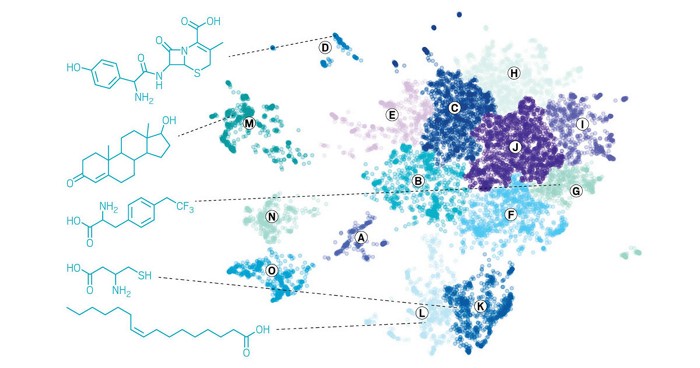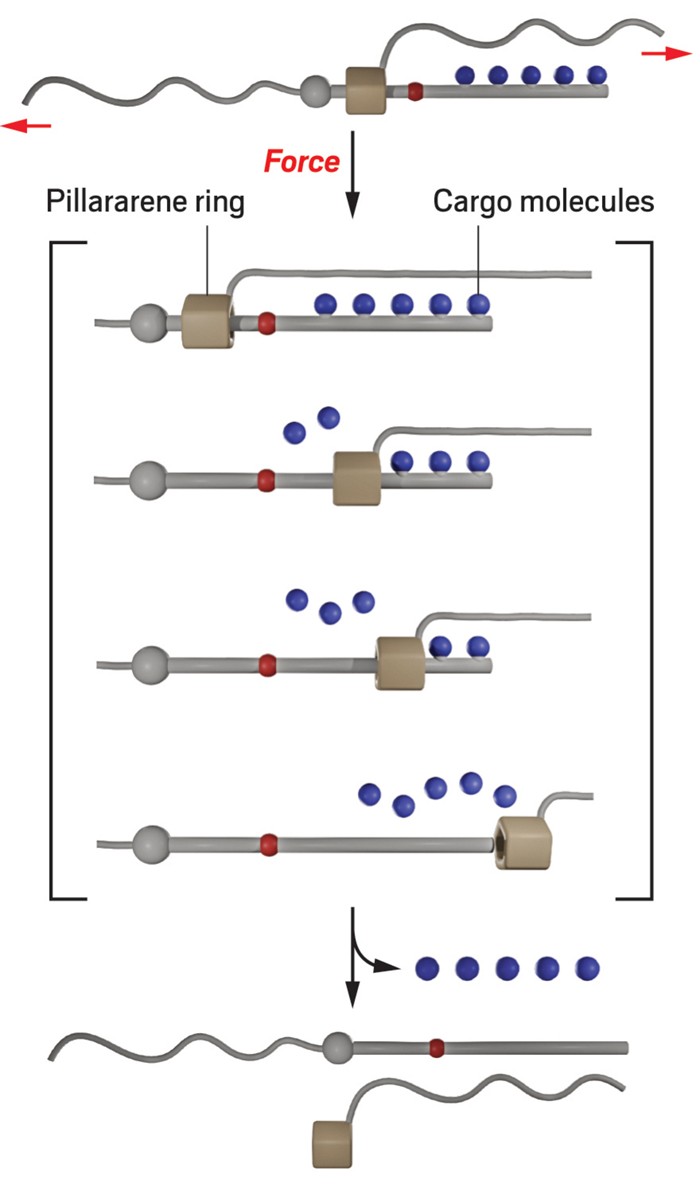Advertisement
Grab your lab coat. Let's get started
Welcome!
Welcome!
Create an account below to get 6 C&EN articles per month, receive newsletters and more - all free.
It seems this is your first time logging in online. Please enter the following information to continue.
As an ACS member you automatically get access to this site. All we need is few more details to create your reading experience.
Not you? Sign in with a different account.
Not you? Sign in with a different account.
ERROR 1
ERROR 1
ERROR 2
ERROR 2
ERROR 2
ERROR 2
ERROR 2
Password and Confirm password must match.
If you have an ACS member number, please enter it here so we can link this account to your membership. (optional)
ERROR 2
ACS values your privacy. By submitting your information, you are gaining access to C&EN and subscribing to our weekly newsletter. We use the information you provide to make your reading experience better, and we will never sell your data to third party members.
Synthesis
Chemistry In Pictures
December 21, 2015
| A version of this story appeared in
Volume 93, Issue 49
GOLDENEYE
[+]Enlarge
Credit: Submitted by Quinton Meisner and Lei Zhu/Florida State University
Quinton Meisner, a chemist at Florida State University, shot this photo looking down the barrel of a vial at crystals of a boron-dipyrromethene (BODIPY) azide. He excited the crystals with ultraviolet light, and the resulting orange glow traveled up the sides of the glass to create an image reminiscent of the gun barrel sequence seen during the opening of James Bond movies. This BODIPY compound is a synthetic intermediate en route to a molecule that could detect metal ions or other chemicals found in neurons or groundwater. The final sensor will stop glowing in the presence of the target molecules.—Craig BettenhausenSubmitted by Quinton Meisner and Lei Zhu of Florida State University

Credit: Submitted by Quinton Meisner and Lei Zhu/Florida State University
Quinton Meisner, a chemist at Florida State University, shot this photo looking down the barrel of a vial at crystals of a boron-dipyrromethene (BODIPY) azide. He excited the crystals with ultraviolet light, and the resulting orange glow traveled up the sides of the glass to create an image reminiscent of the gun barrel sequence seen during the opening of James Bond movies. This BODIPY compound is a synthetic intermediate en route to a molecule that could detect metal ions or other chemicals found in neurons or groundwater. The final sensor will stop glowing in the presence of the target molecules.—Craig BettenhausenSubmitted by Quinton Meisner and Lei Zhu of Florida State University
BEAUTY ISN’T FLAWLESS
[+]Enlarge
Credit: Aaron Palke/emological Institute of America
The flaws in this andradite garnet gemstone [Ca3Fe2(SiO4)3] produce its mesmerizing colors. Some gemologists think that this rainbow explosion arises because the garnet’s different elements aren’t regularly spaced from the core of the gemstone to the outside. For example, in some regions, aluminum atoms might have worked their way into the structure and replaced the iron atoms. These irregularities create mismatched sheets of atoms that then bend and stretch. This makes the stone birefringent, meaning that light travels through it at two different speeds. Under cross-polarized lighting conditions, rays of light that enter get misaligned by the time they exit, so they then interfere with each other and highlight some colors in certain spots, producing the spectrum seen here. The black flecks are tiny pieces of magnetite that were enveloped by the crystal as it grew.—Manny Morone

Credit: Aaron Palke/emological Institute of America
The flaws in this andradite garnet gemstone [Ca3Fe2(SiO4)3] produce its mesmerizing colors. Some gemologists think that this rainbow explosion arises because the garnet’s different elements aren’t regularly spaced from the core of the gemstone to the outside. For example, in some regions, aluminum atoms might have worked their way into the structure and replaced the iron atoms. These irregularities create mismatched sheets of atoms that then bend and stretch. This makes the stone birefringent, meaning that light travels through it at two different speeds. Under cross-polarized lighting conditions, rays of light that enter get misaligned by the time they exit, so they then interfere with each other and highlight some colors in certain spots, producing the spectrum seen here. The black flecks are tiny pieces of magnetite that were enveloped by the crystal as it grew.—Manny Morone
To enter our photo contest, visit cen.chempics.orgor e-mail CENChemPics@acs.org.
Chemical & Engineering News
ISSN 0009-2347
Copyright © 2024 American Chemical Society




Join the conversation
Contact the reporter
Submit a Letter to the Editor for publication
Engage with us on Twitter